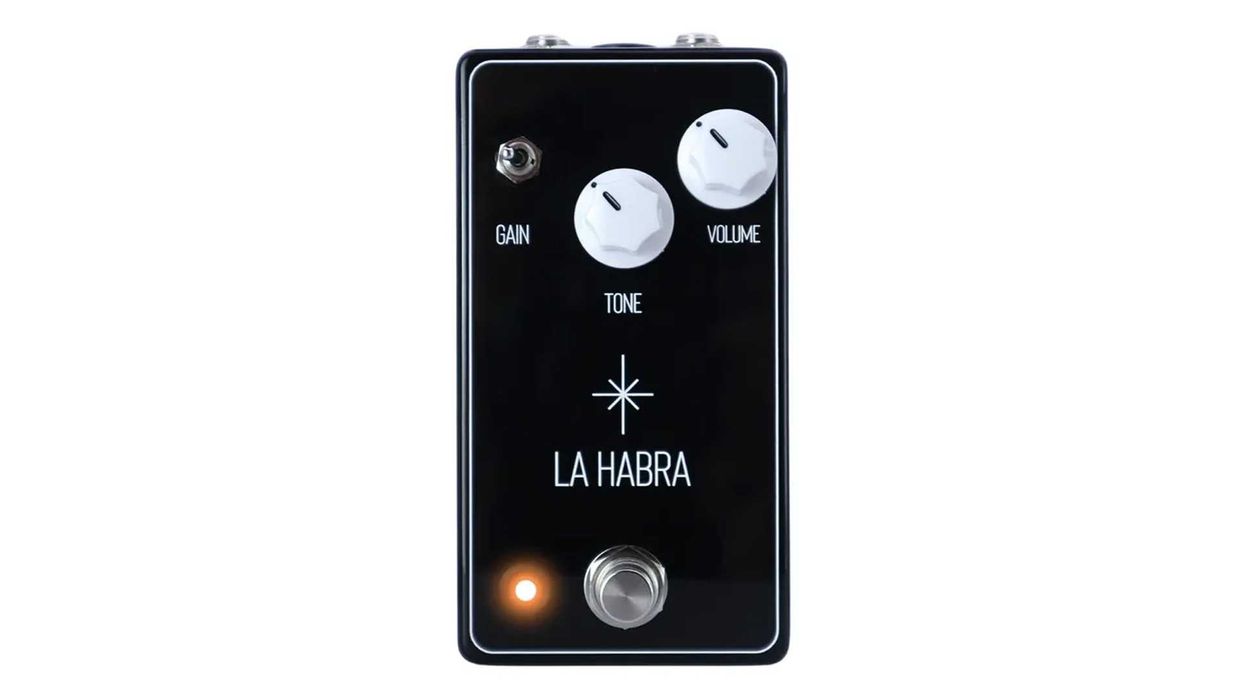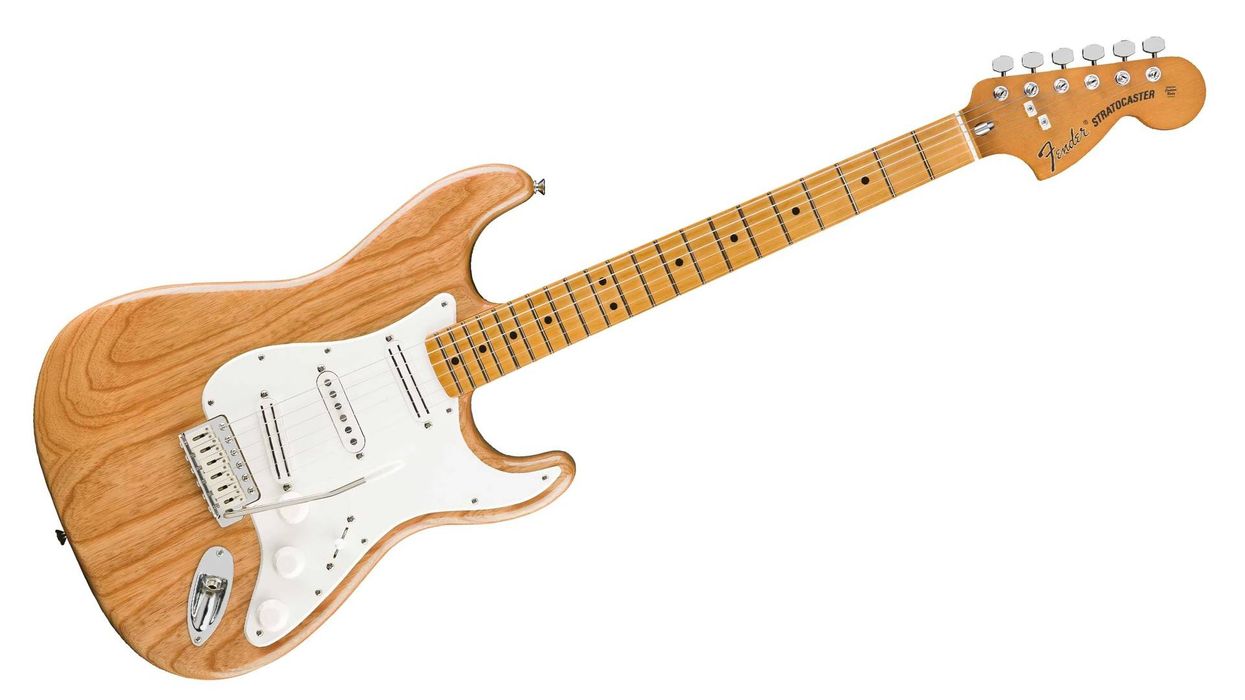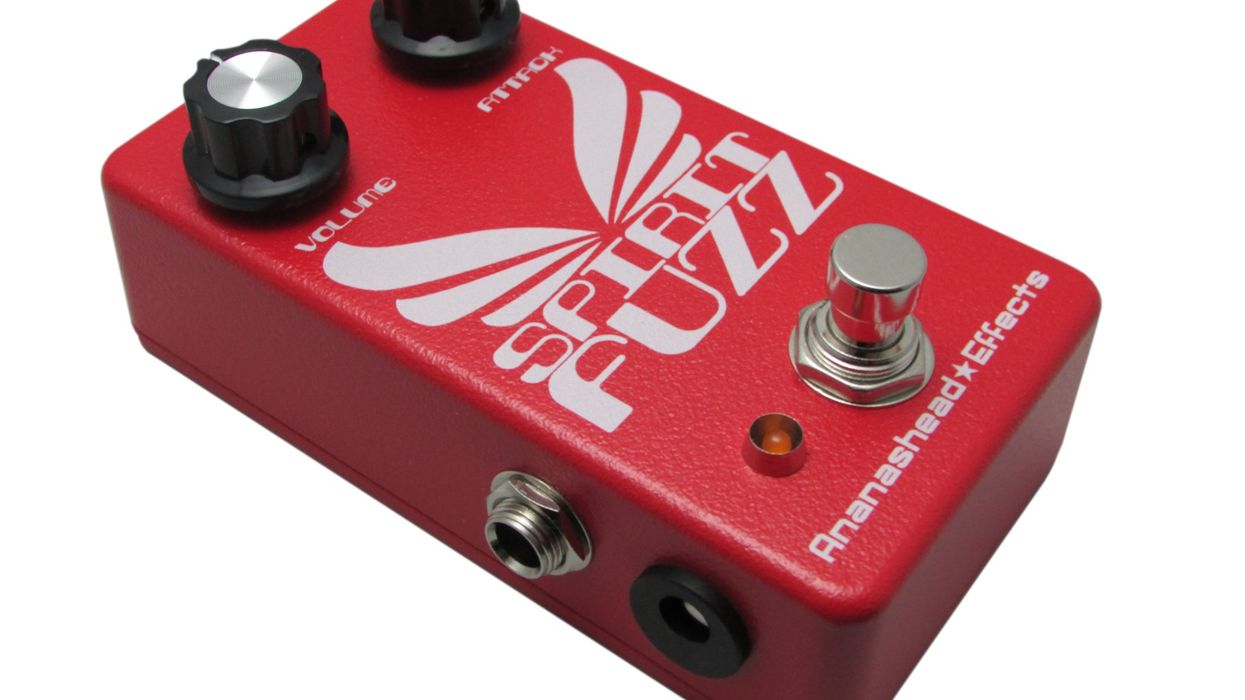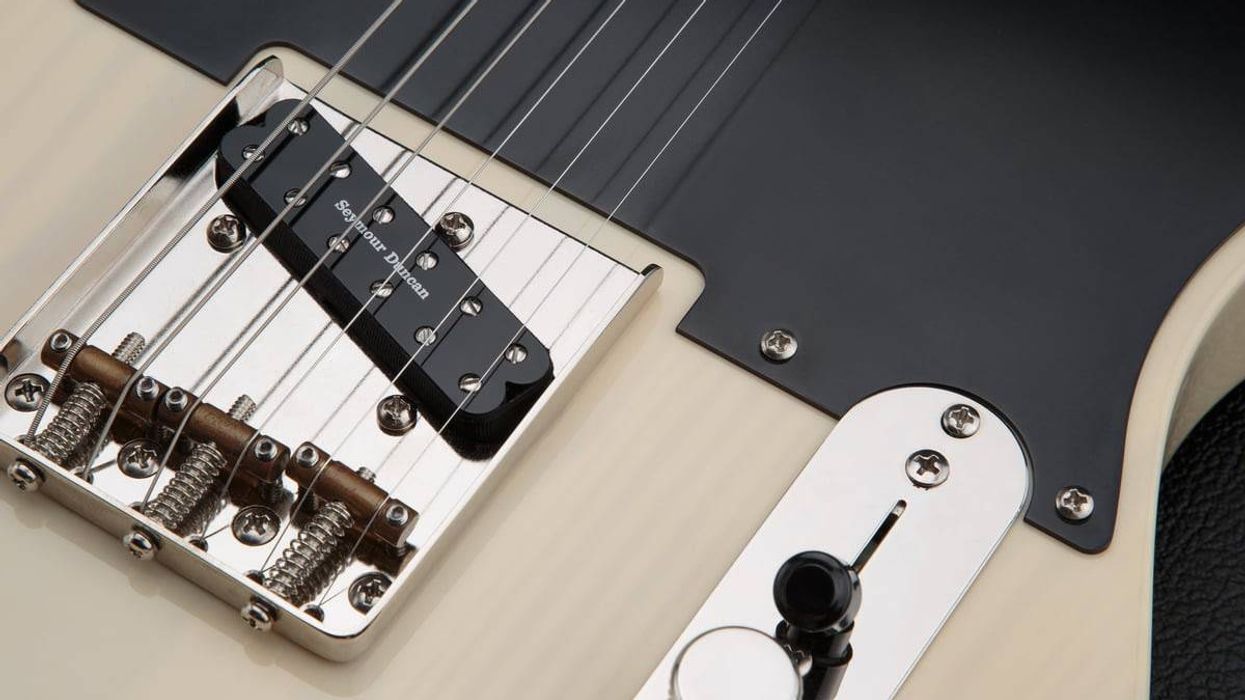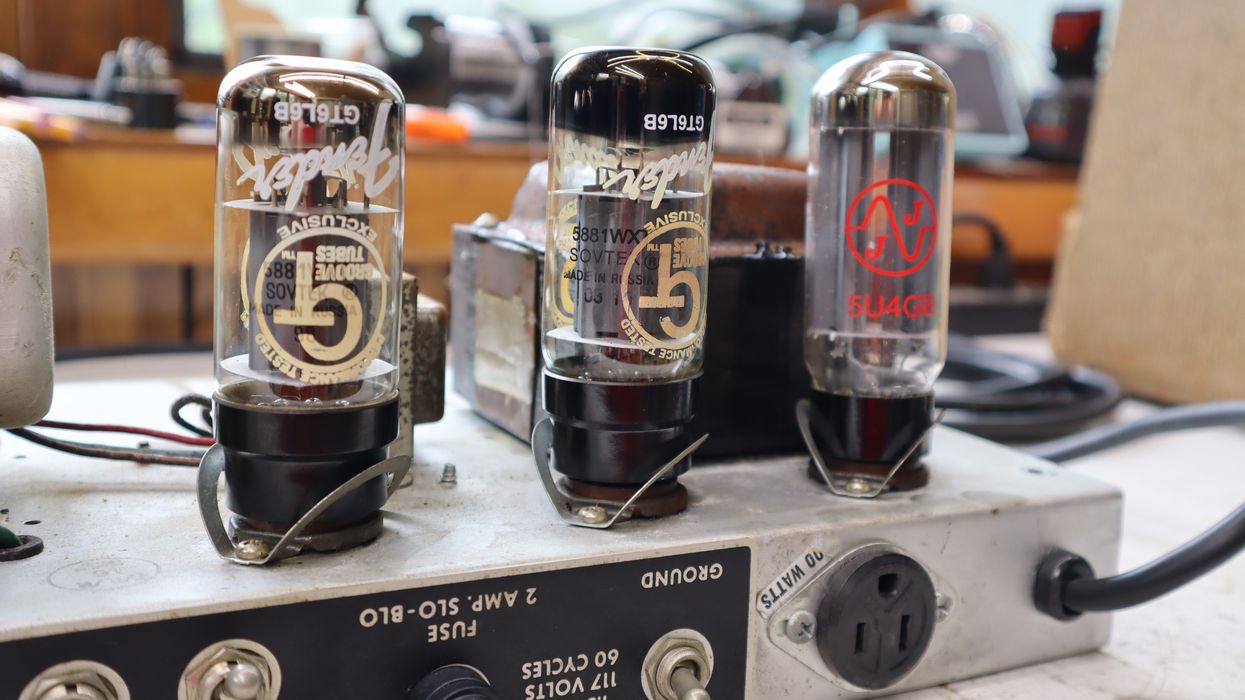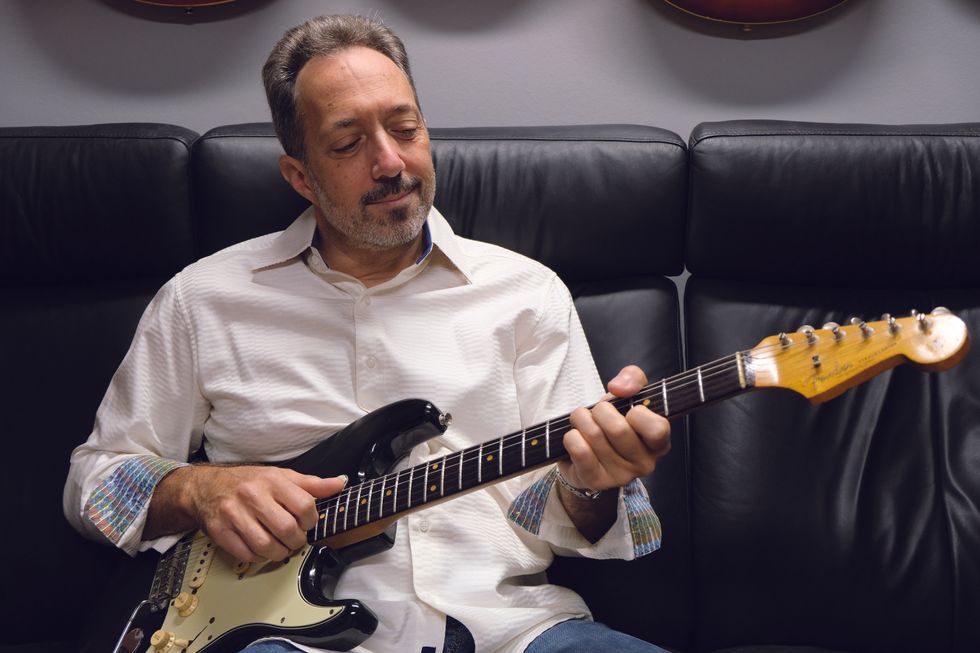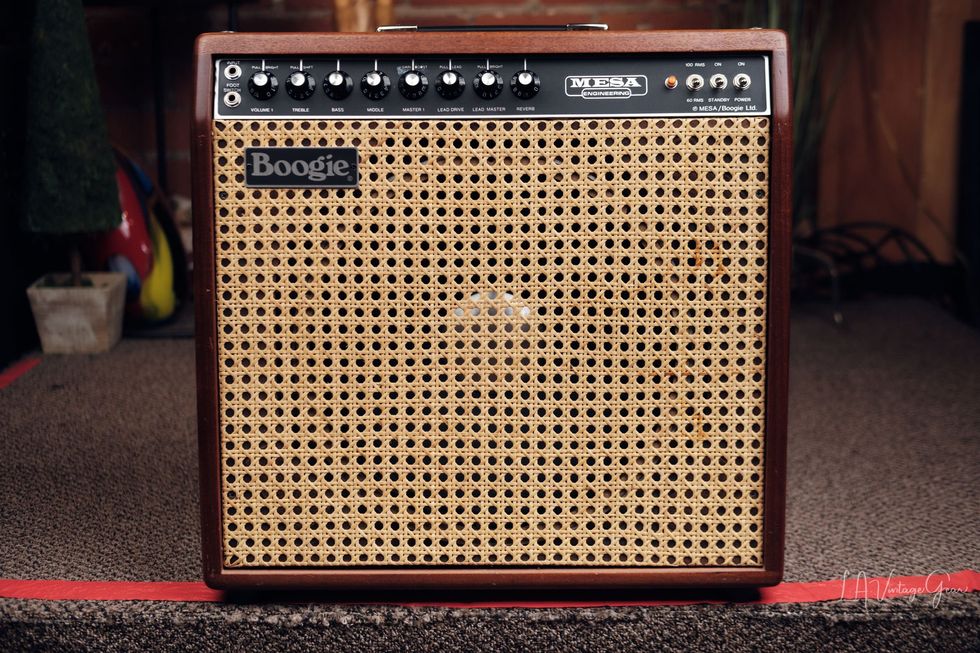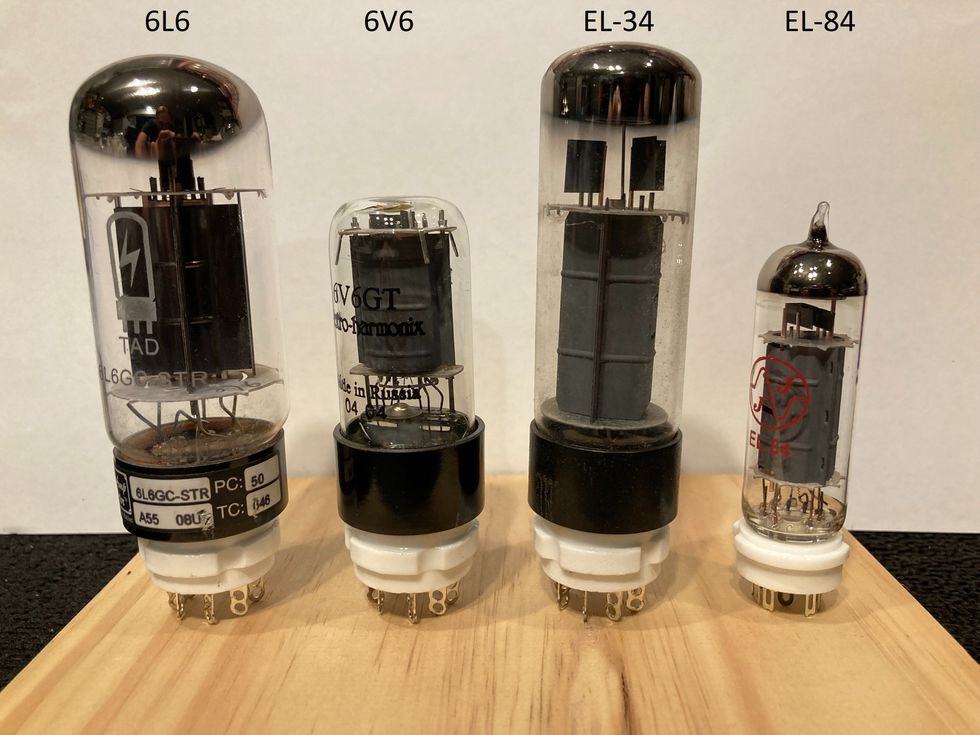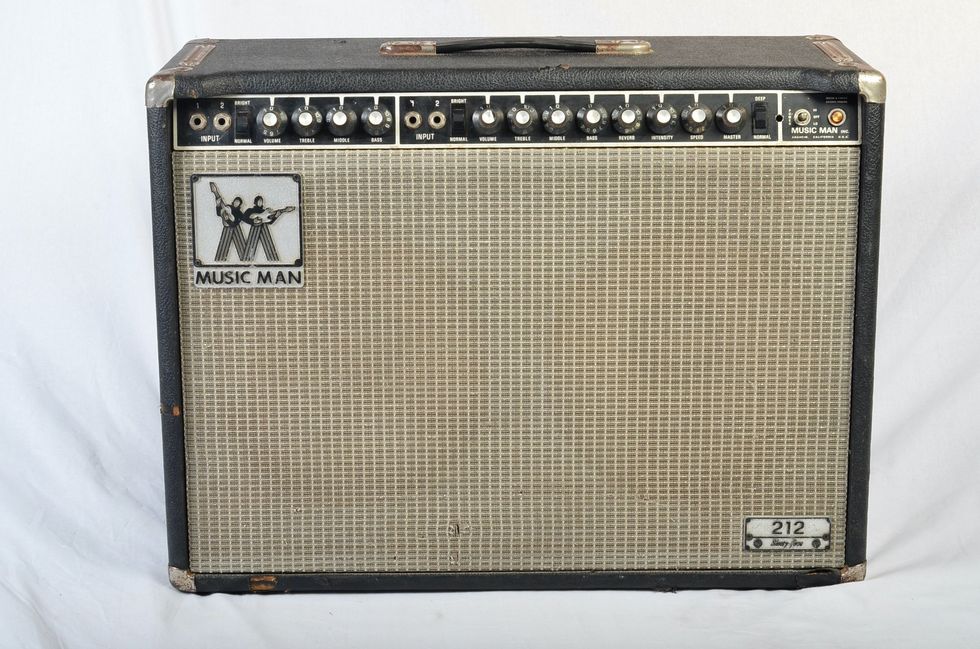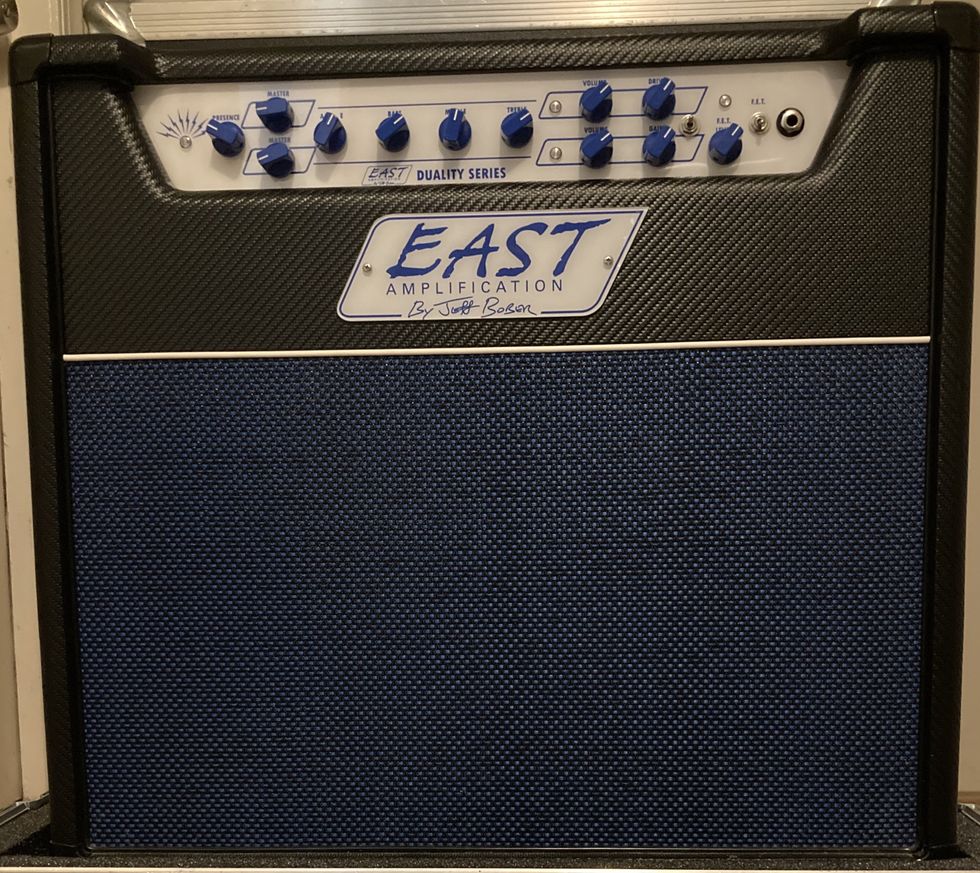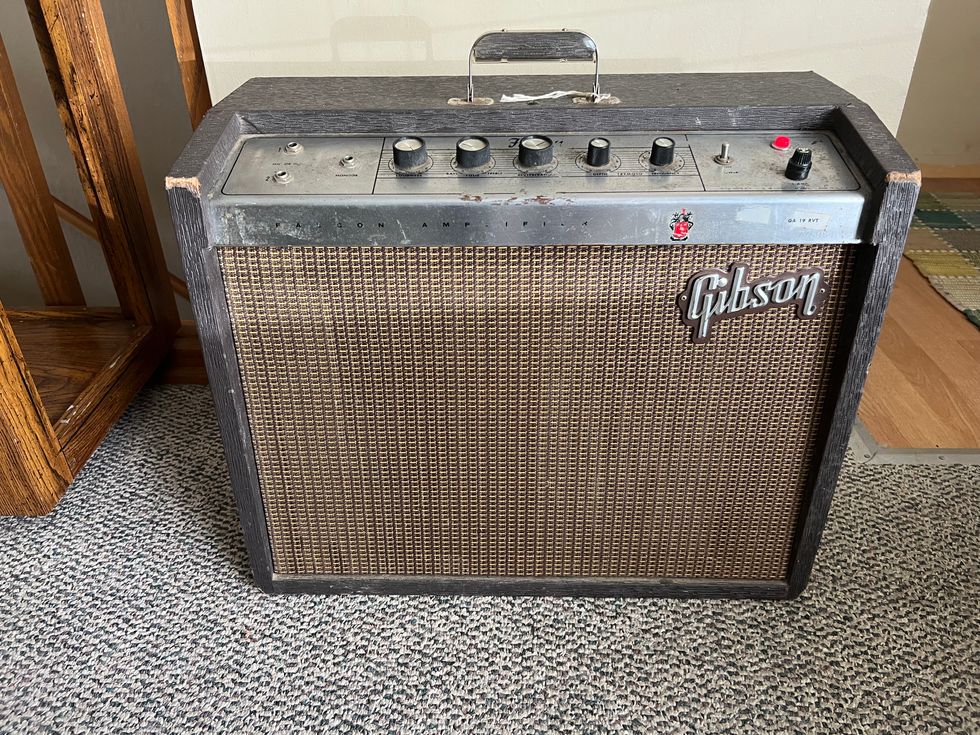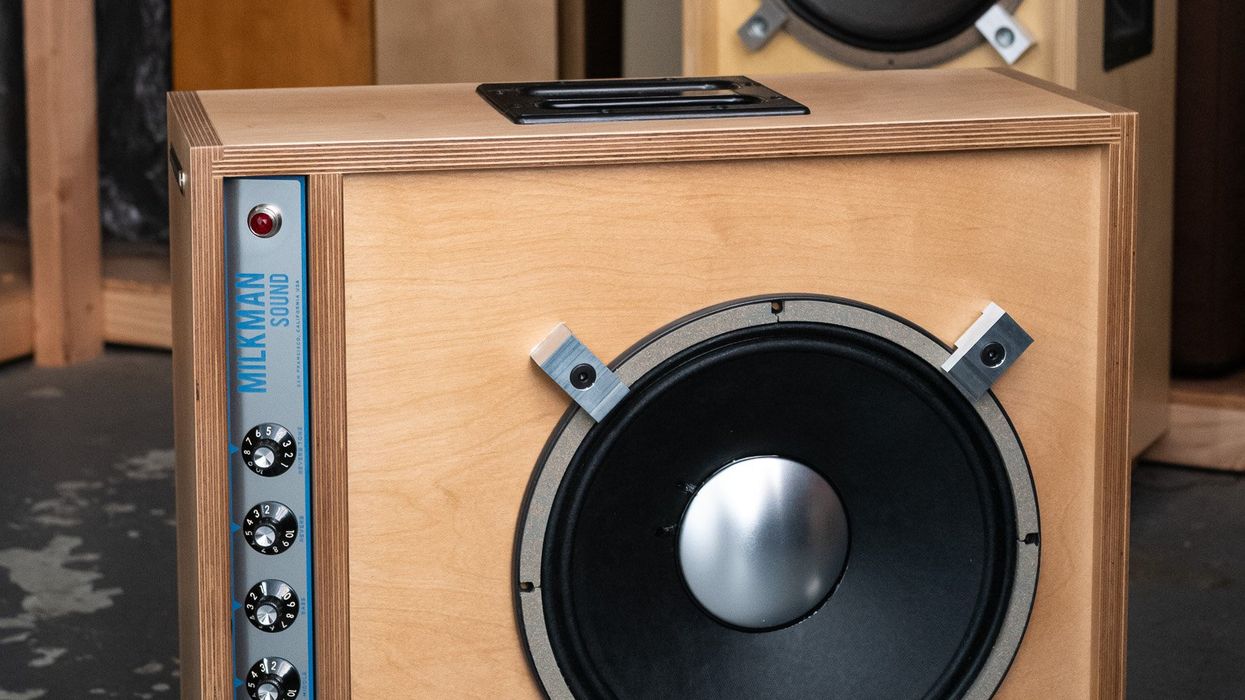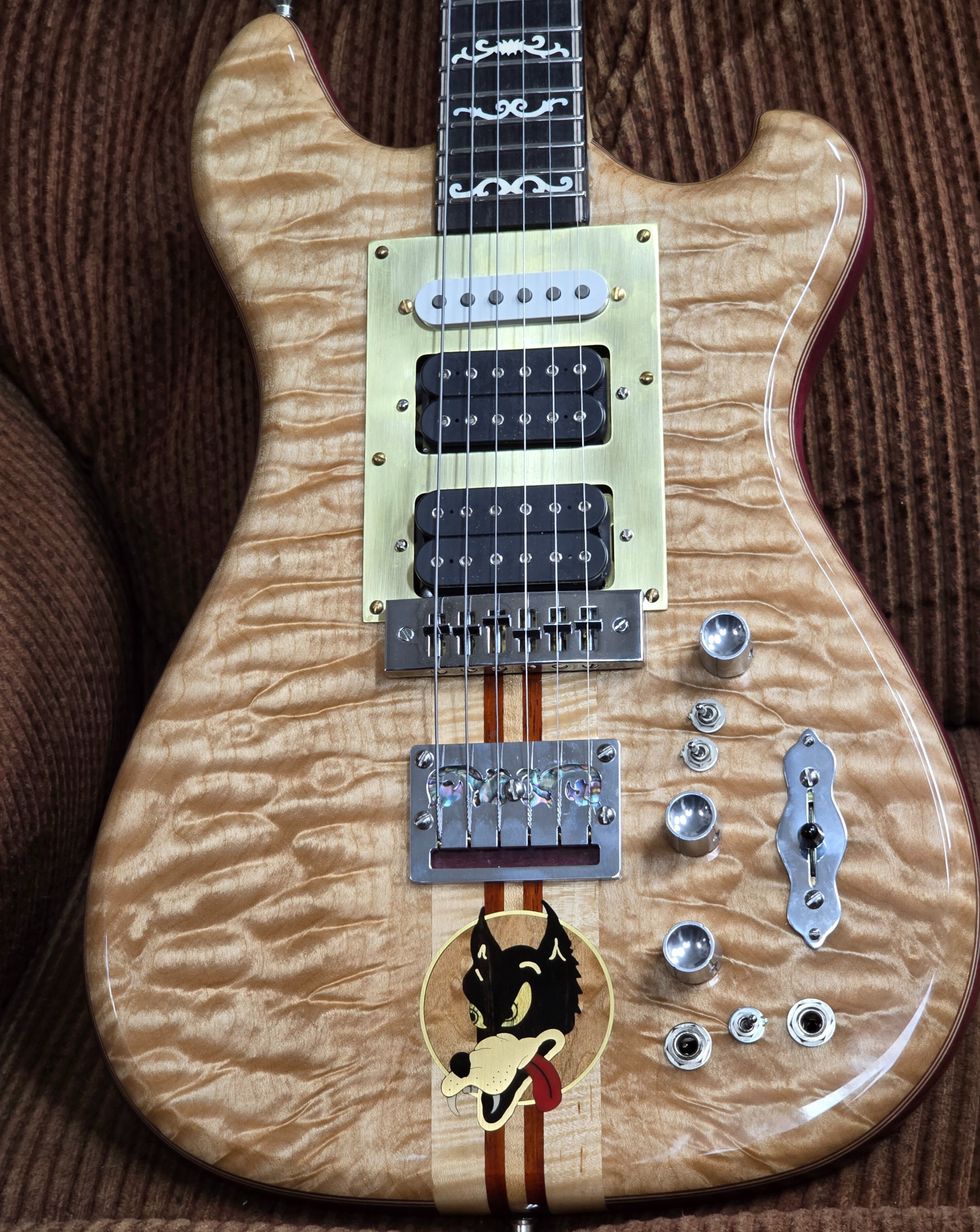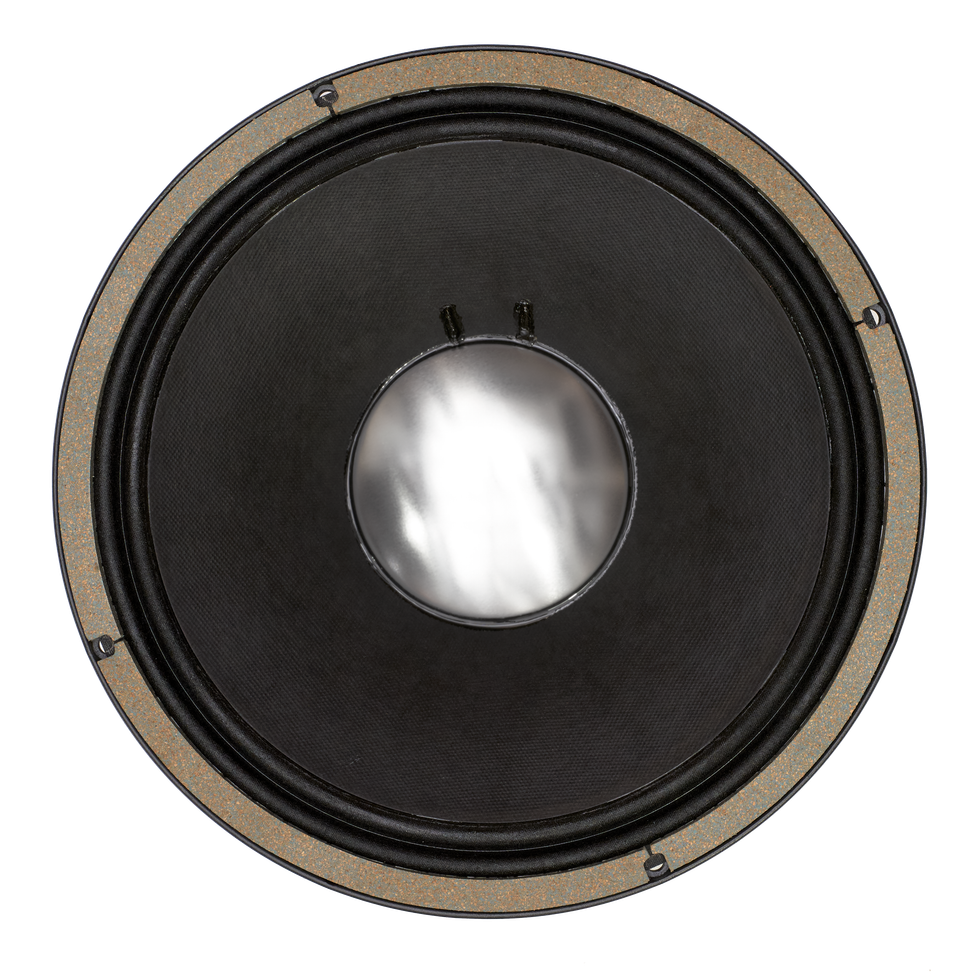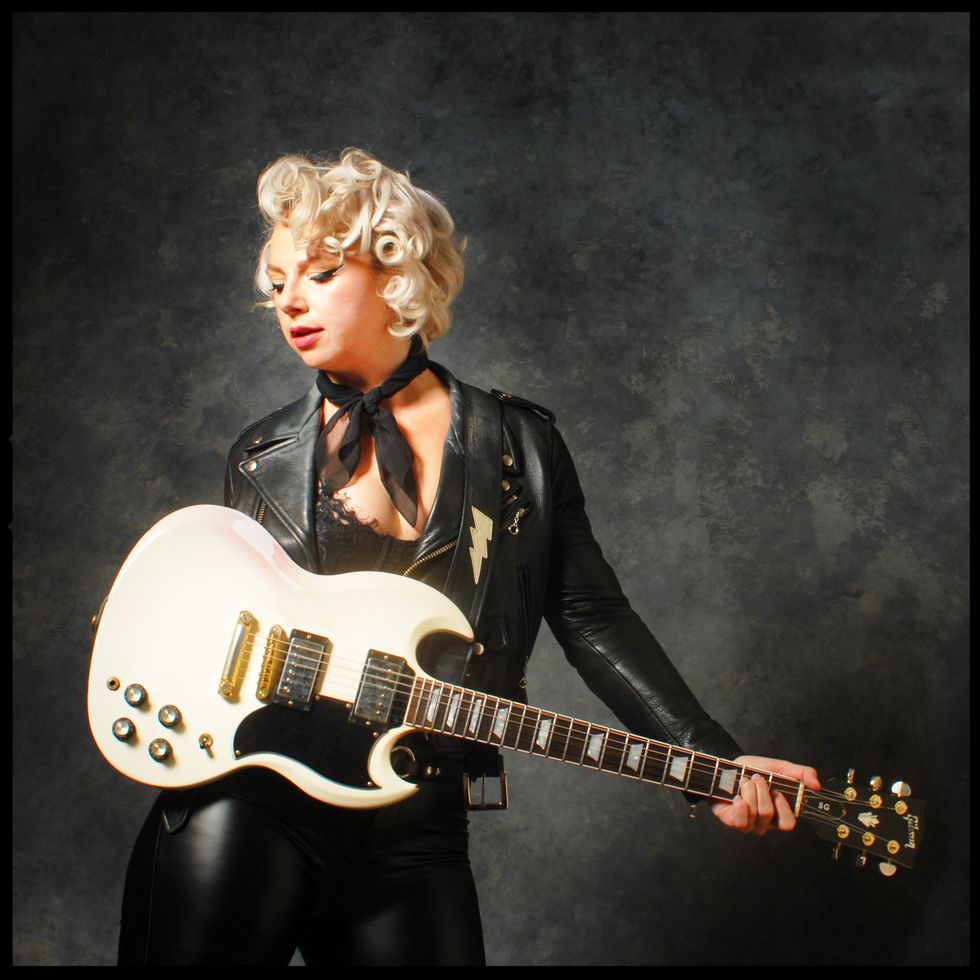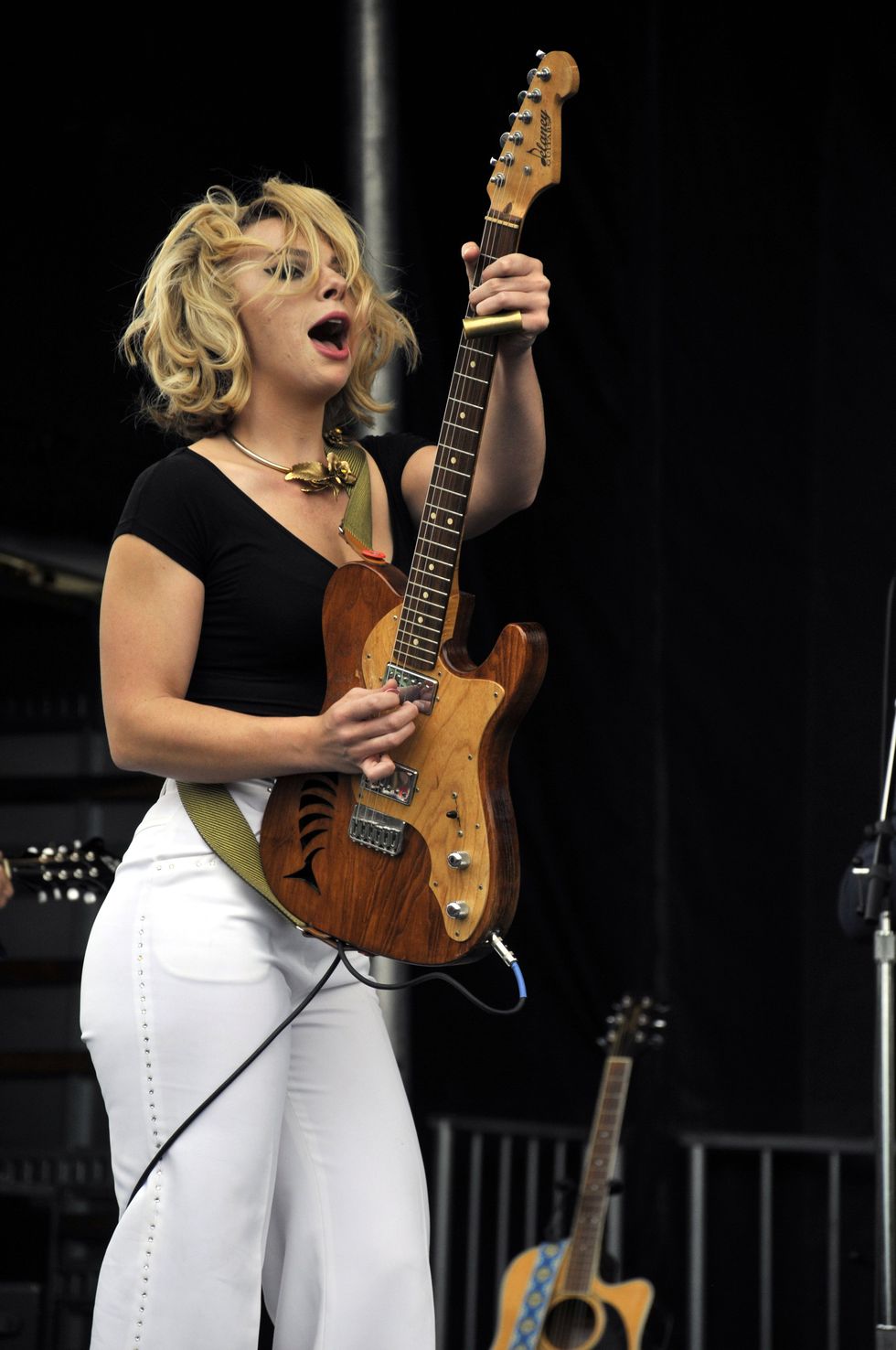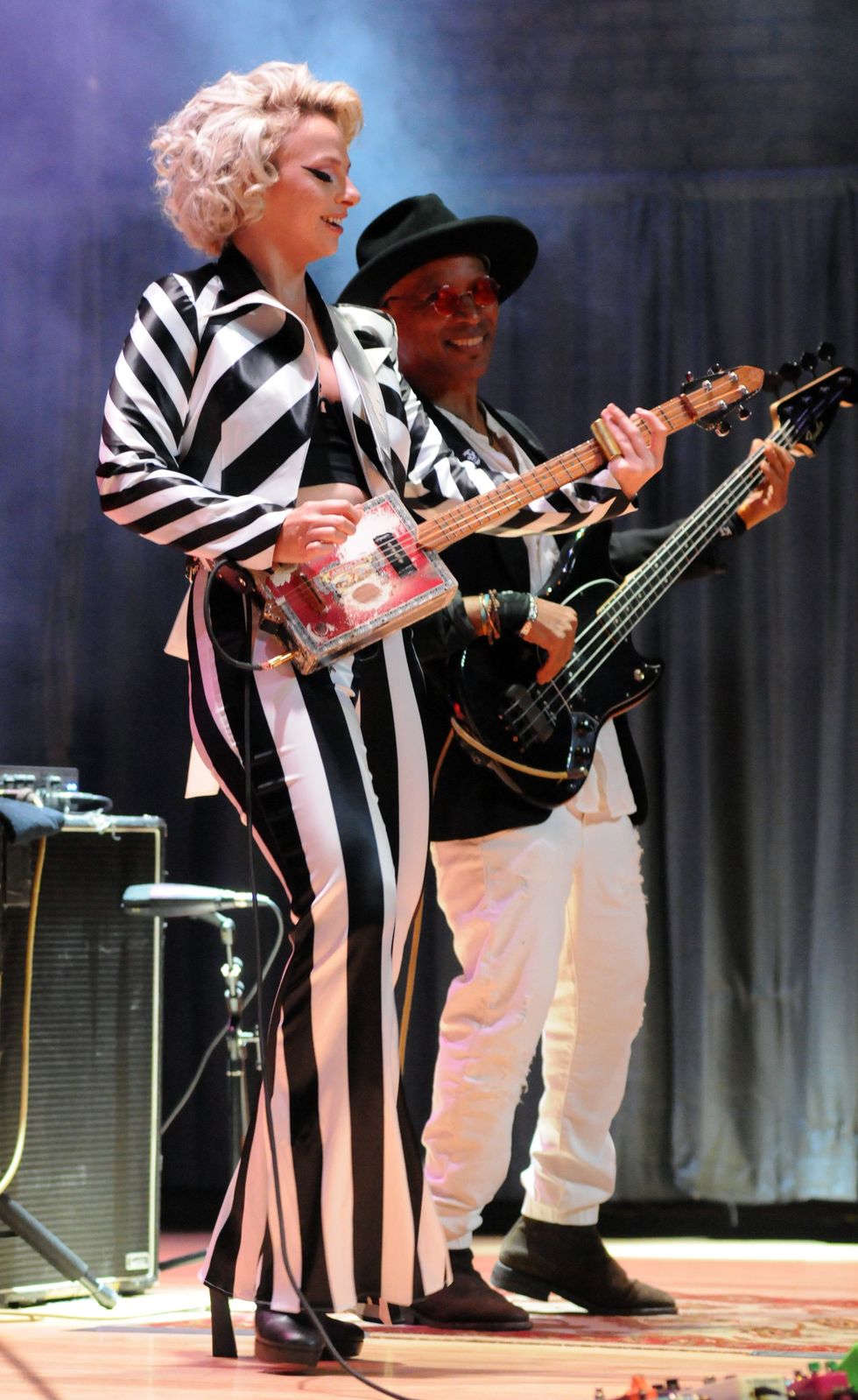Our goal is not to be overly technical here in terms of the exact circuit employed, but more to outline some of the more interesting points of its history and, where necessary, use other known Dumble circuits to try and create a timeline of sorts. As the current owner of these amps is a long time friend and client, I have had the opportunity to play, study, feed, and care for these amps many times over the years. It was fun, interesting, and challenging for me to be charged with trying to find out just what it was that we had here as far as history is concerned. There are few amplifiers that have shared the same shroud of mystery as the Dumbles.
At this juncture, I would like to take a moment to point out that Dumble amplifiers are handmade and are often “tuned” to the prospective player’s needs and desires. This is not unique to Dumble amps, and should be typical for any custom builder worth his or her salt. This is important to keep in mind because this results in many variations between amps. Variations can also be attributed to the natural development of a builder’s circuits and abilities—basically, it can be hard to pin down.
With that said, this is what we believe to be true.
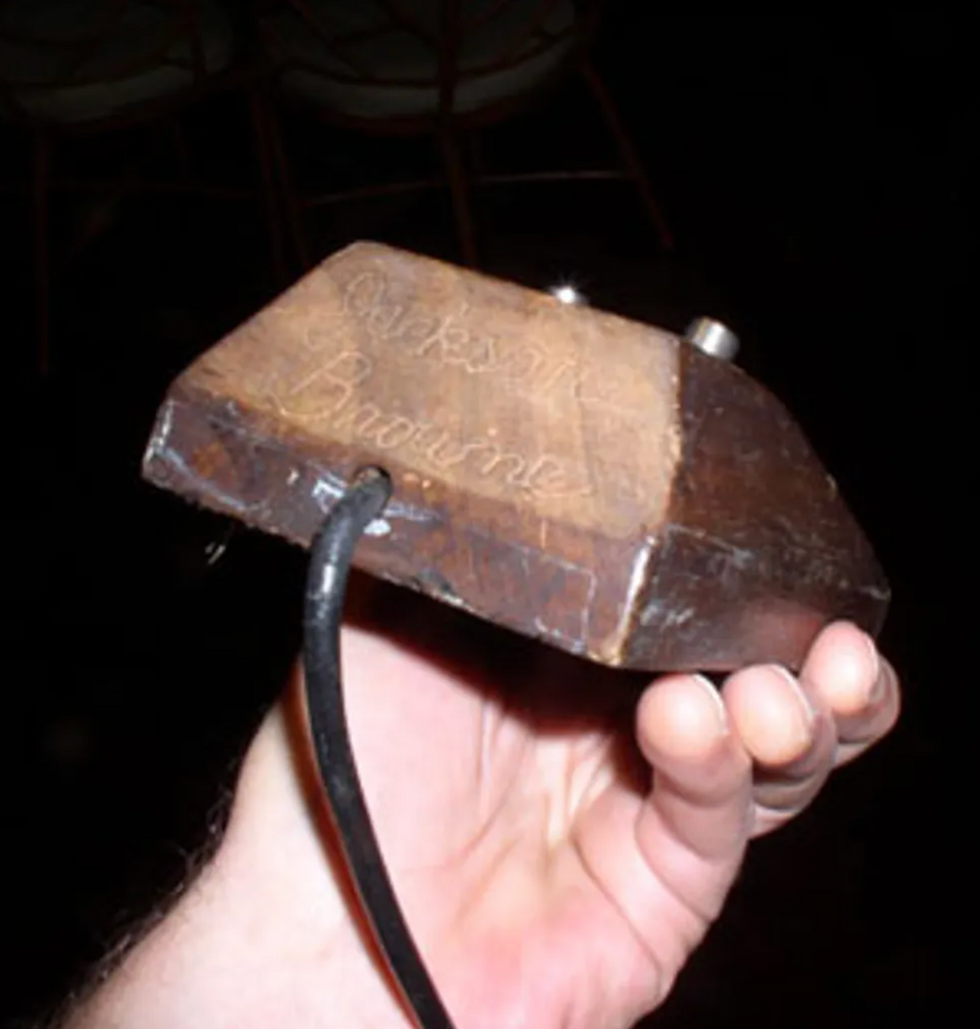
Alexander Dumble was living on Jackson Browne’s property during the time that this amp was constructed for Browne (In fact, the original wooden channel switching footswitch still bears his name). The amp was originally constructed as an OD-100WR and it has most certainly been modified and updated over the years. The current owner speculates that these updates were made because it was close by and a convenient “guinea pig” for Mr. Dumble to try out new circuit design ideas.
The preamp circuit most likely began as (what’s known in internet circles) the “classic” preamp. This is based on other OD circuits built around the same time period. What we do know is that it does not have the classic pre in it now. Poring over my own notes and schematics as well as speaking with colleagues that have had experience with these circuits over the years, we decided that it probably has a very early version of the “skyline” pre, though the tone stack more closely resembles one of earlier examples. Could this be the first incarnation of this now famous design? The plate load resistors are not the earlier “low plate classic” design but a surprisingly current array. Some pretty interesting stuff going on in here.
The overall signal path is as follows:
Clean gain (Volume) > tone controls > the other gain stage > clean master Ratio (located on back) > two OD stages’ Gain and Level on front > OD Ratio (on back, tones are mostly bypassed in OD mode) > Reverb > Clean/Wet summing stage before the phase inverter, which is different from Fender circuits.
The current owner rightly brings up the fact that much of the magic seems to come from how you set and balance the “Ratio” controls on the back of the chassis.
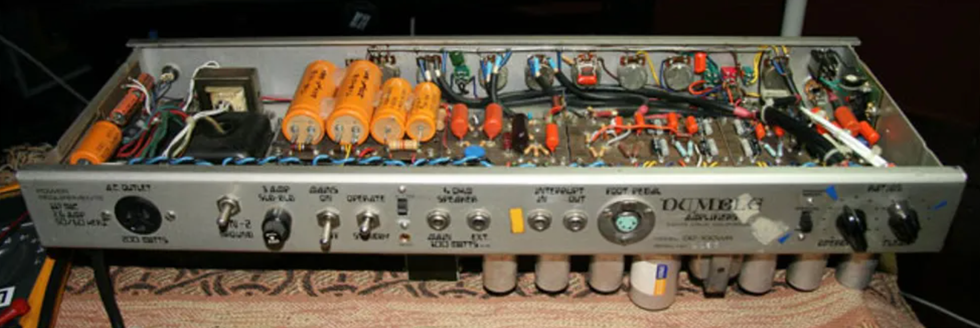
This is all a gross simplification, of course! To go into great deal on this amp would require me to write a short novel on the topic. We could dedicate several articles on the choice of plate load resistors alone!
Another thing we discovered was that the combo cabinet and chassis were not necessarily intended to be used together. The story goes that the purple suede-covered 1x12 cabinet, complete with EVM-12L speaker and oval ported back panel, was offered to Bonnie Raitt to be used as a combo (with a head/chassis which is unknown to us) but was rejected as being too heavy. It then resided beside Mr. Dumble’s workbench serving as a coffee table of sorts until it was sold to Greg Bayles in 1989 (former owner of Make’n Music in Chicago) where it was mated with the OD-100WR chassis and sold to its current owner.
I will say that amongst all of the Dumble amps (and Dumble inspired clones) that I have spent time with, this definitely takes the cake! It has headroom, power, incredible touch sensitivity where one can go from clean cords to blistering single note runs with the energy of your picking hand. Truly superb! I’m a lucky man to have a job like this!
[Updated 2/15/22]

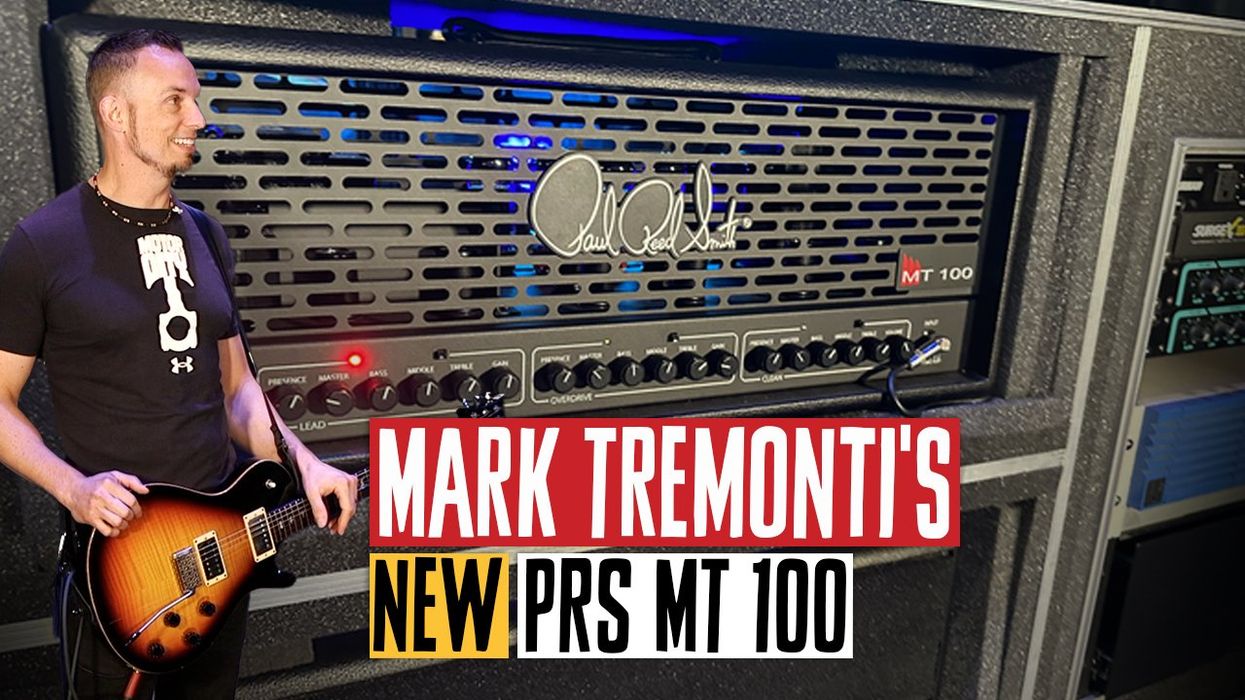
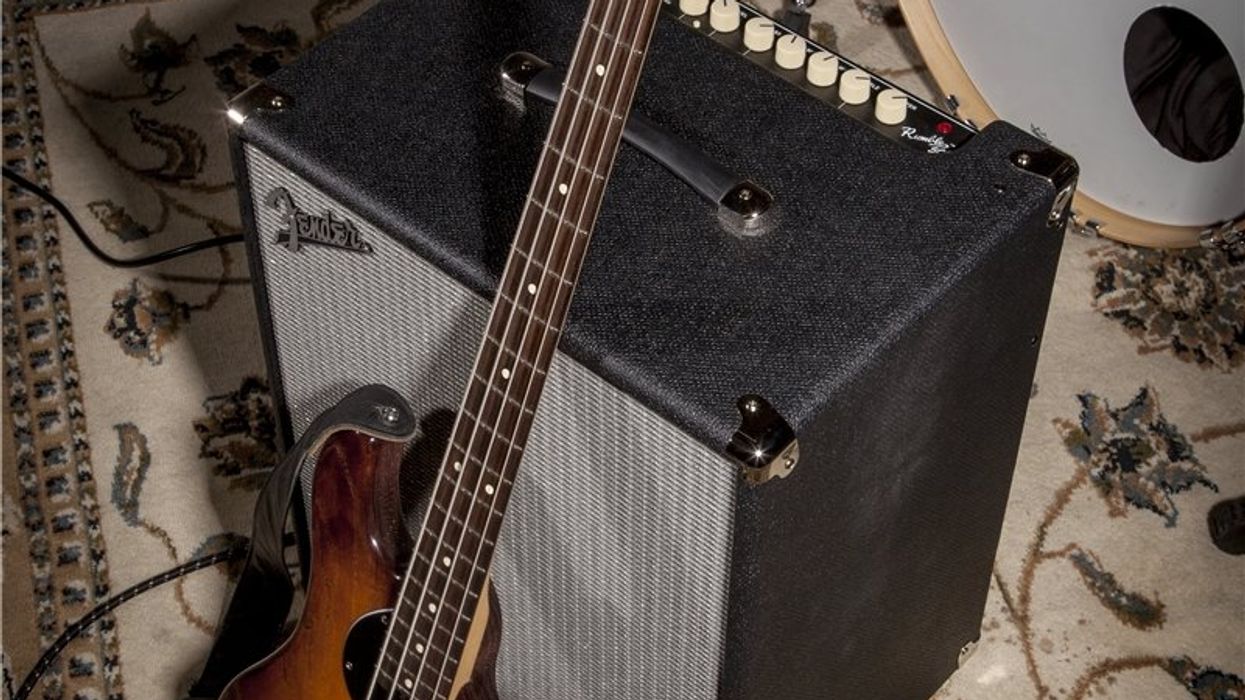
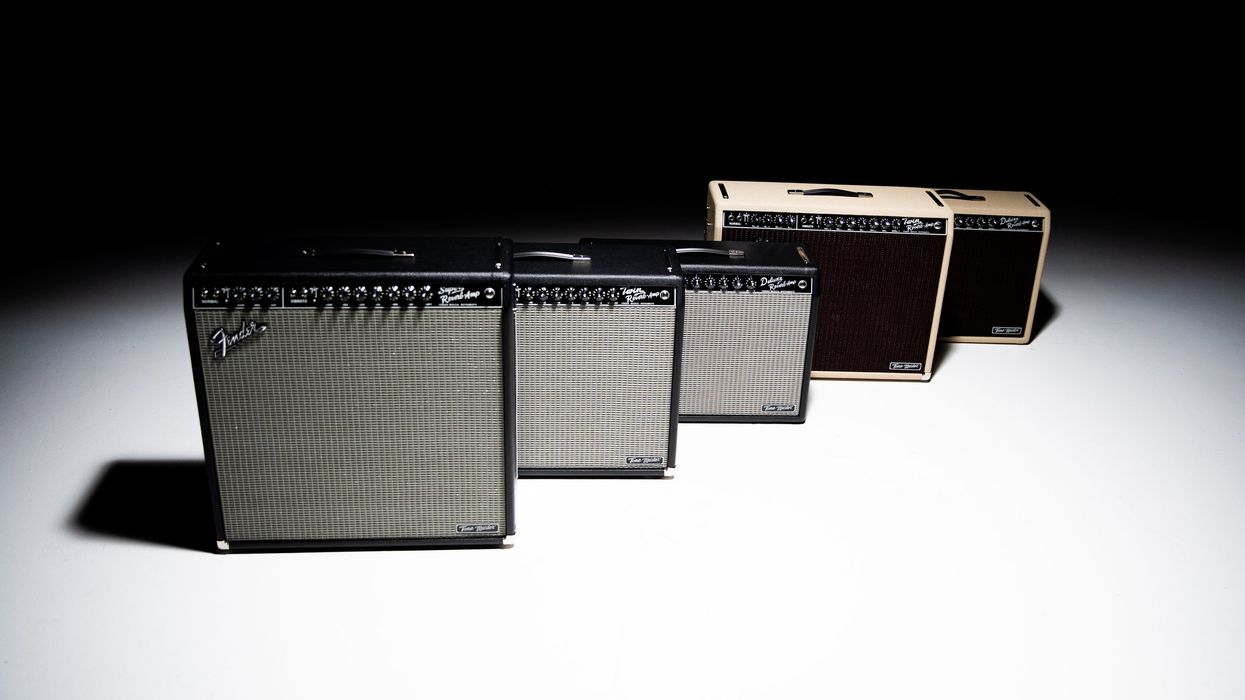

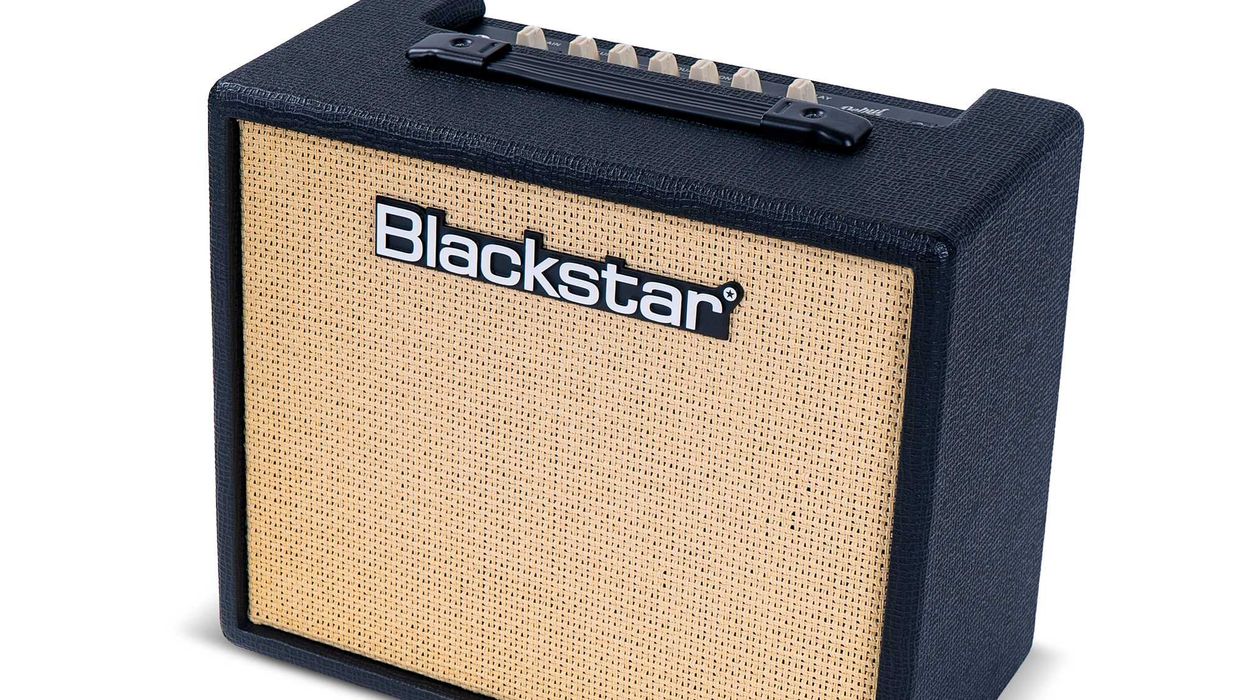
![Devon Eisenbarger [Katy Perry] Rig Rundown](https://www.premierguitar.com/media-library/youtube.jpg?id=61774583&width=1245&height=700&quality=70&coordinates=0%2C0%2C0%2C0)
